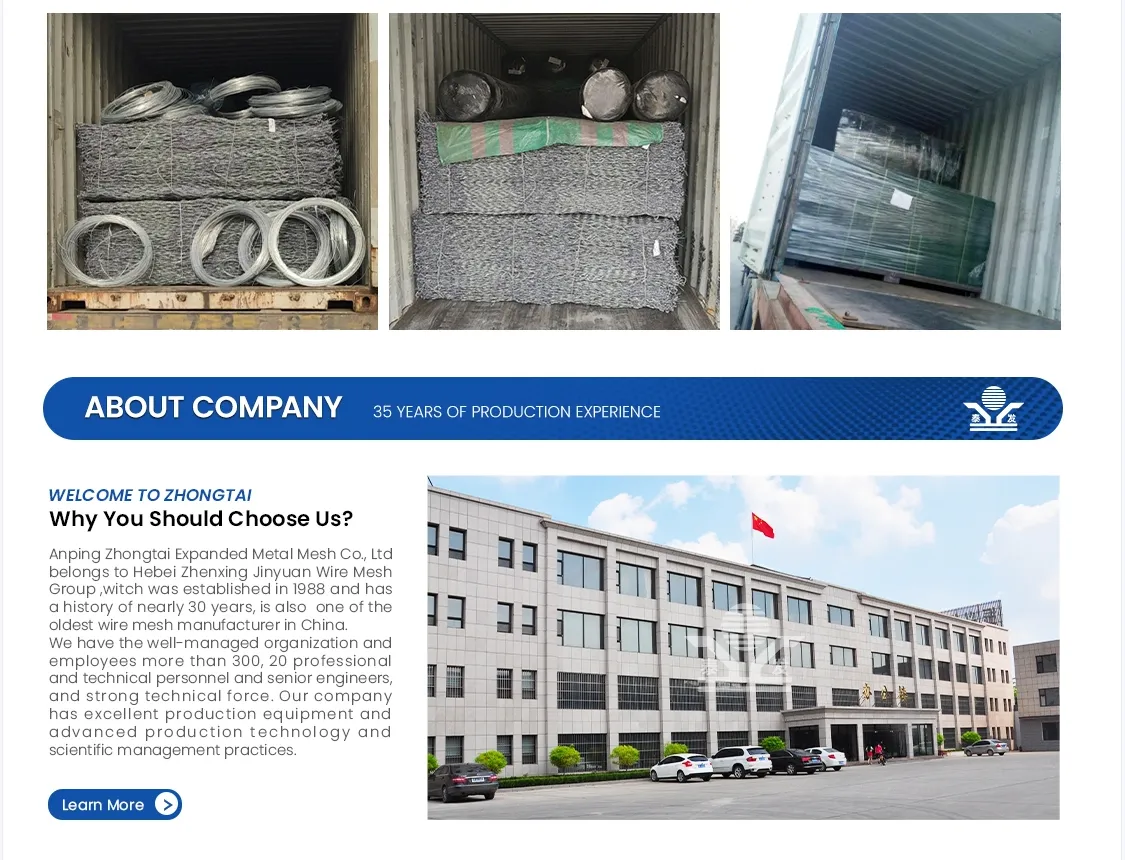Understanding the Sound Barrier for AC Units
Air conditioning units are essential appliances that provide comfort in homes and offices, particularly during the sweltering summer months. However, one common complaint is the noise they generate, which can sometimes be disruptive to daily activities and overall peace. This brings us to the concept of the sound barrier in relation to AC units, a topic of increasing importance as consumers seek quieter alternatives in their quest for comfort.
What is the Sound Barrier?
The term sound barrier refers to a phenomenon where sound levels reach a point that they become potentially disruptive or uncomfortable. In the context of air conditioning units, this typically involves the decibel (dB) levels produced by the unit during operation. Sound is measured in decibels, with higher levels indicating more noise. Most people find sounds above 60 dB to be intrusive, while 70 dB and above can be quite bothersome.
A standard window air conditioning unit can produce noise levels ranging from 50 dB to 70 dB. In residential settings, this noise can interfere with conversations, sleep, and relaxation, leading many consumers to seek quieter alternatives or sound-dampening solutions.
Impacts of Noise from AC Units
Excessive noise from air conditioning units can have several negative effects. Firstly, it can lead to increased stress levels among occupants. High noise levels can disrupt concentration, impact sleep quality, and contribute to annoyance, which can affect overall well-being. In work environments, a noisy AC unit can decrease productivity and focus, as employees struggle to communicate or concentrate amidst background noise.
sound barrier for ac unit

Additionally, noise pollution from AC units can be an issue for neighbors, particularly in densely populated areas. Understanding the sound emissions of an air conditioning system is essential for maintaining good relationships within a community and preserving a serene living environment.
How to Overcome the Sound Barrier
Fortunately, there are several strategies to reduce the noise produced by air conditioning units. When selecting a new AC unit, consumers should look for models that are specifically designed to operate quietly. Many manufacturers now produce low-noise models, often labeled as quiet or silent, which typically have noise levels below 55 dB, making them more suitable for use in bedrooms or shared living spaces.
In addition to selecting quieter models, proper installation is crucial. Ensuring that the unit is securely mounted and not vibrating against surfaces can significantly reduce noise levels. Placing rugs or sound-absorbing materials around the unit can also help absorb some of the sound. Furthermore, regular maintenance, such as cleaning and servicing the AC unit, can prevent excessive noise that may arise from operational inefficiencies.
Another effective approach is to consider additional soundproofing techniques. For instance, acoustic panels can be installed on walls to absorb sound, and landscaping can help, as trees and shrubs can act as natural sound barriers, reducing the impact of noise traveling to and from the air conditioning unit.
Conclusion
As air conditioning units continue to be integral to our comfort, addressing the noise they produce is more important than ever. Understanding the sound barrier in relation to AC units can help consumers make informed choices, ensuring that they enjoy cool, comfortable living spaces without the disturbance of excessive noise. By investing in quieter models, ensuring proper installation, and considering soundproofing techniques, individuals can significantly enhance their overall living experience while maintaining their desired level of comfort.
-
Comprehensive Guide to Steel Grating Price and Its Global Impact
NewsNov.24,2025
-
Understanding Heavy Duty Steel Grating Price: Global Insights & Industry Trends
NewsNov.23,2025
-
Essential Guide to Wire Mesh Grating: Uses, Benefits & Innovations
NewsNov.23,2025
-
Welded Steel Bar Grating: Durable Solutions for Industrial Walkways & Infrastructure
NewsNov.22,2025
-
Wedge Wire Drain Solutions: Durable, Efficient Water Filtration and Drainage
NewsNov.22,2025
-
Comprehensive Guide to Twisted Bar Grating – Uses, Benefits & Future Trends
NewsNov.22,2025
Subscribe now!
Stay up to date with the latest on Fry Steeland industry news.

